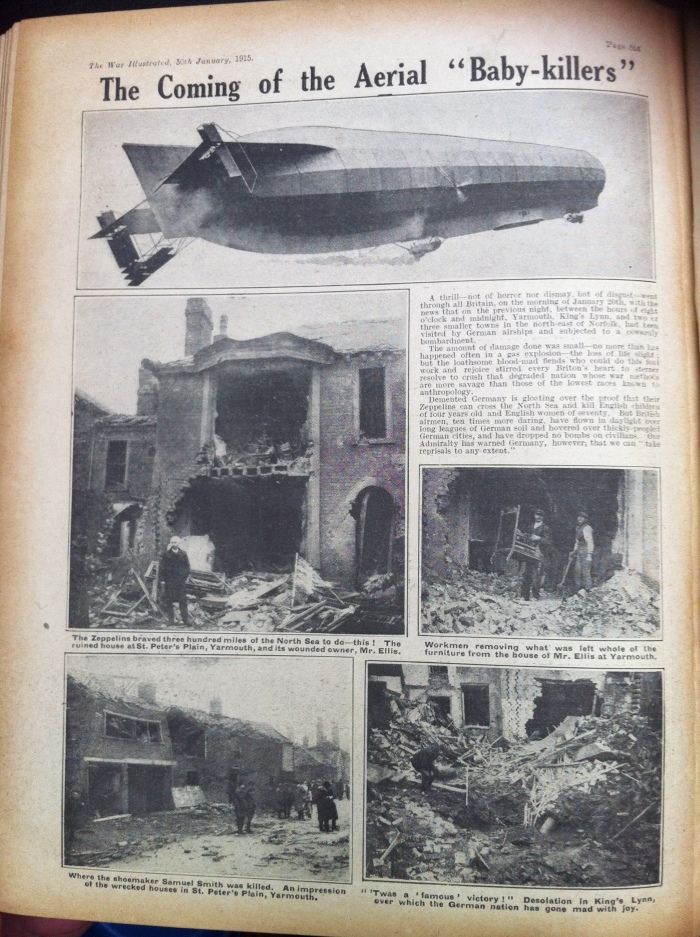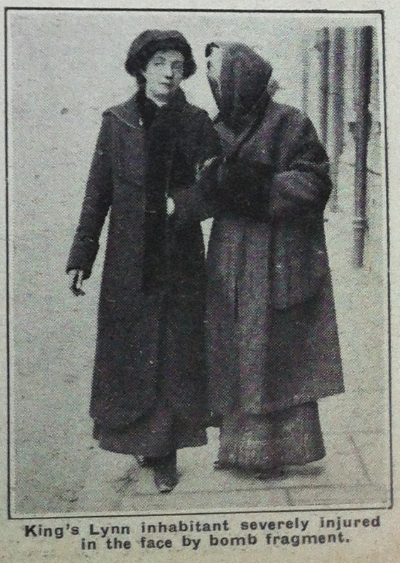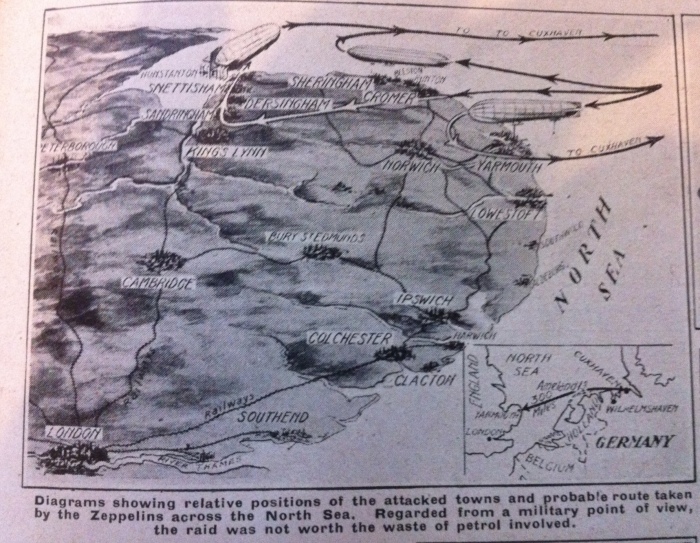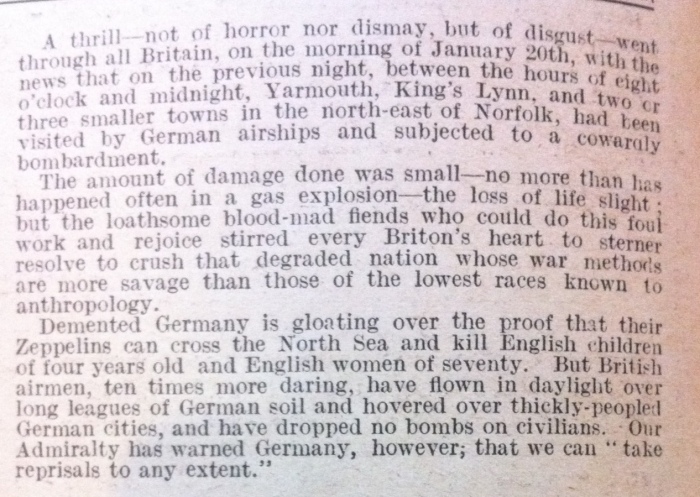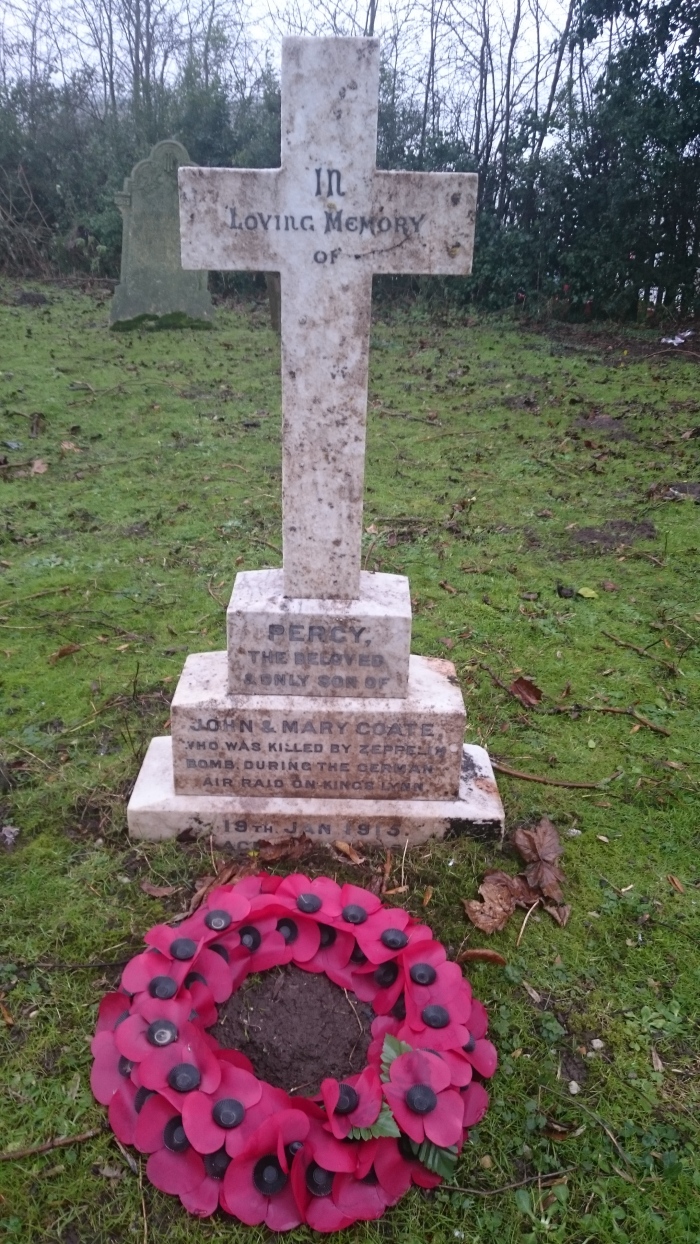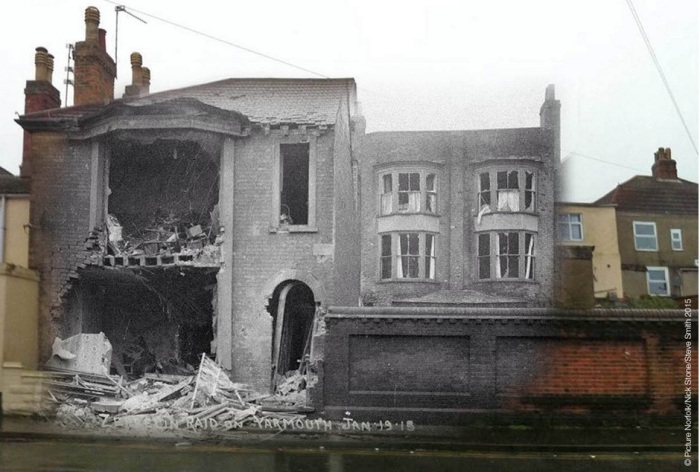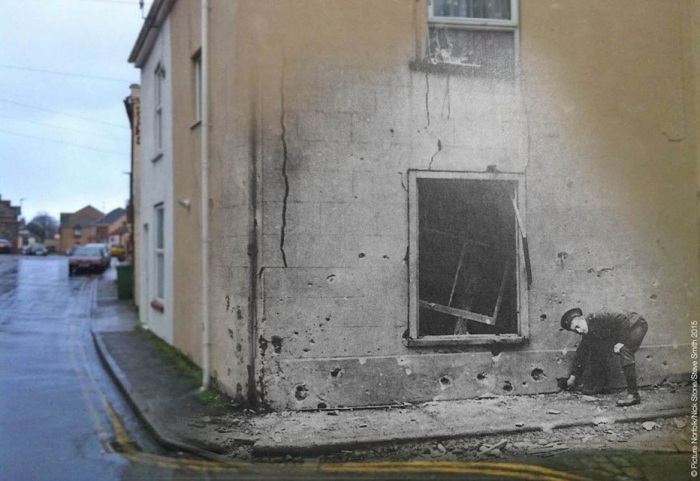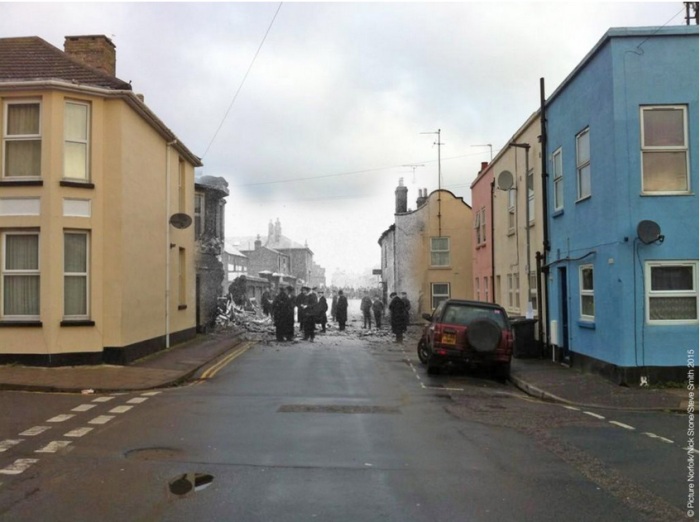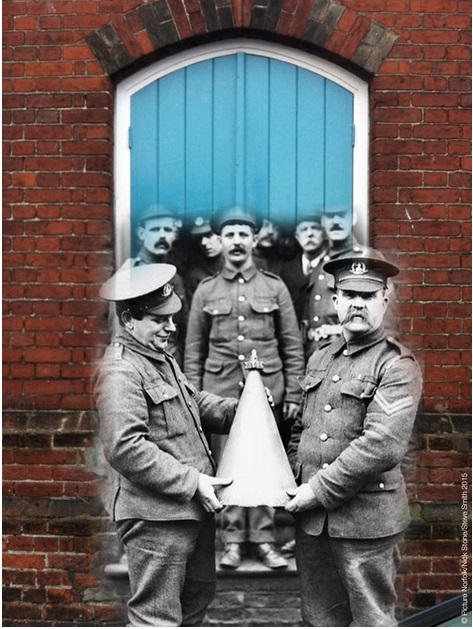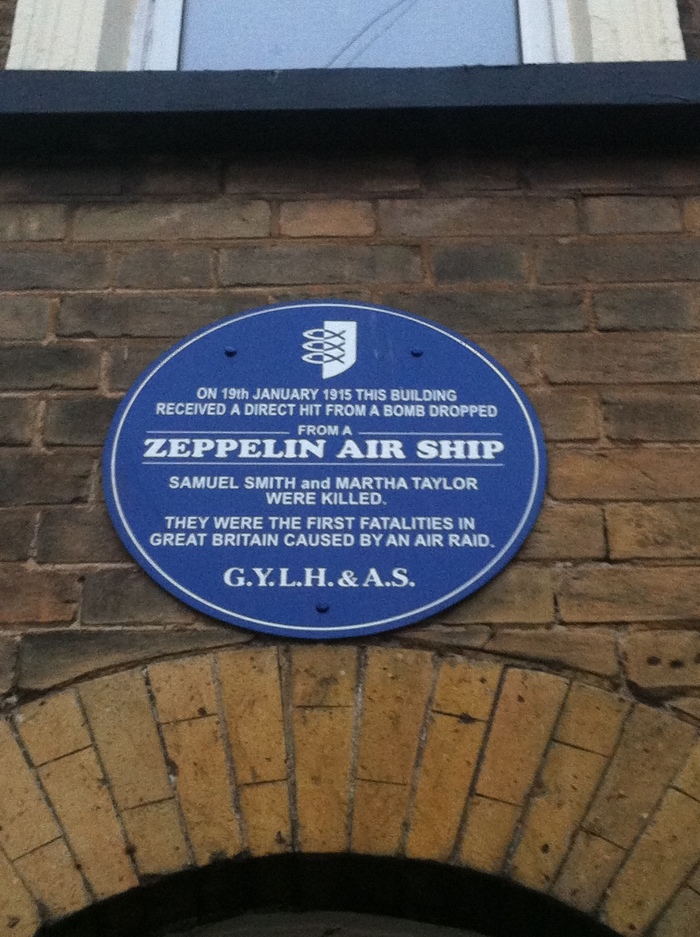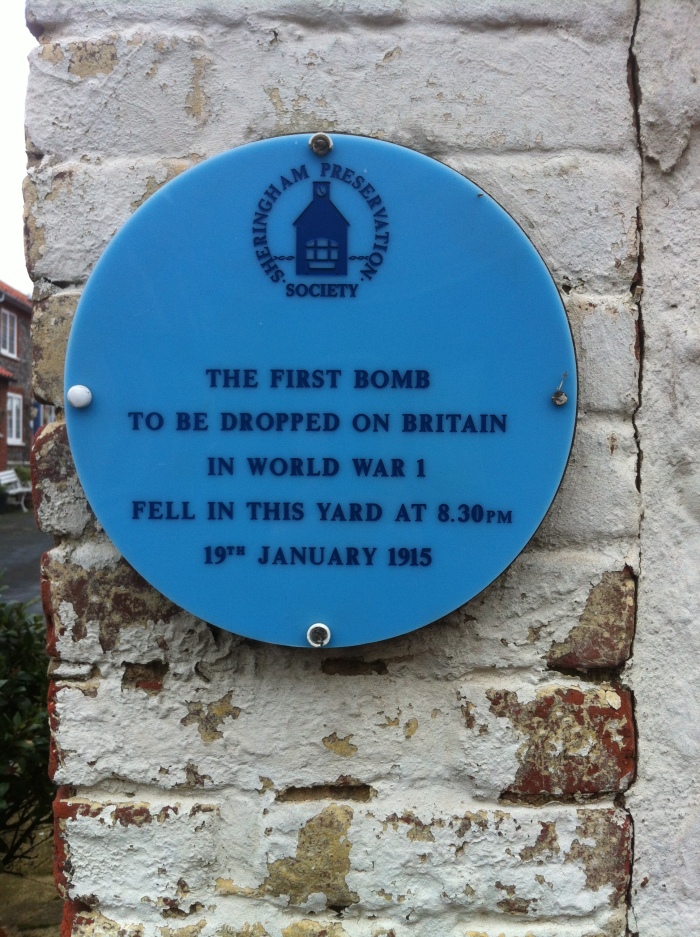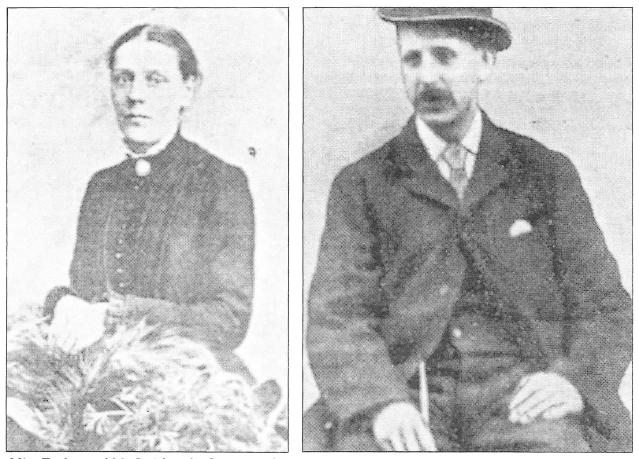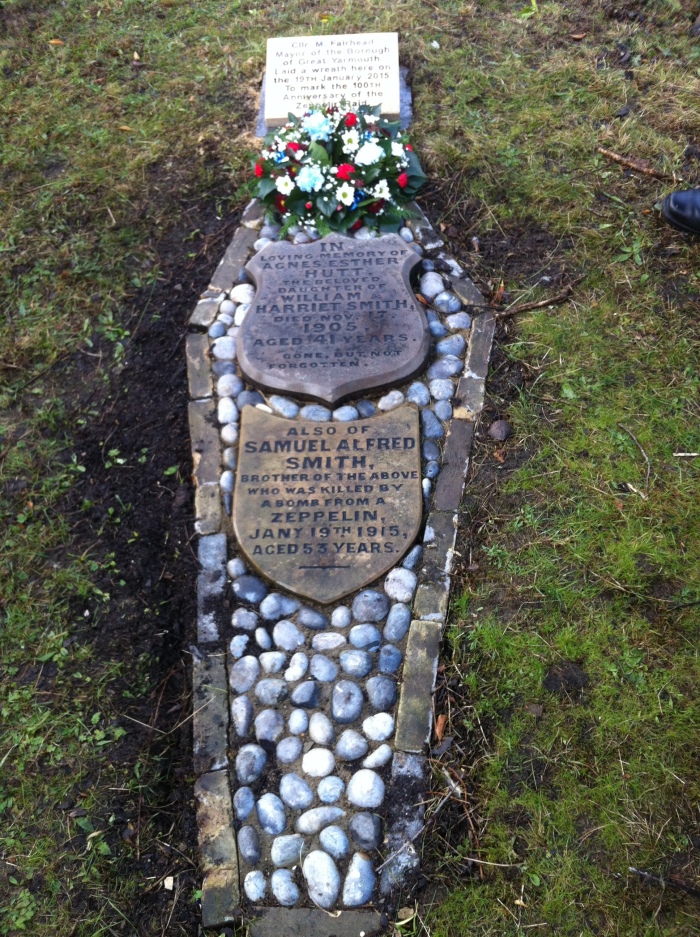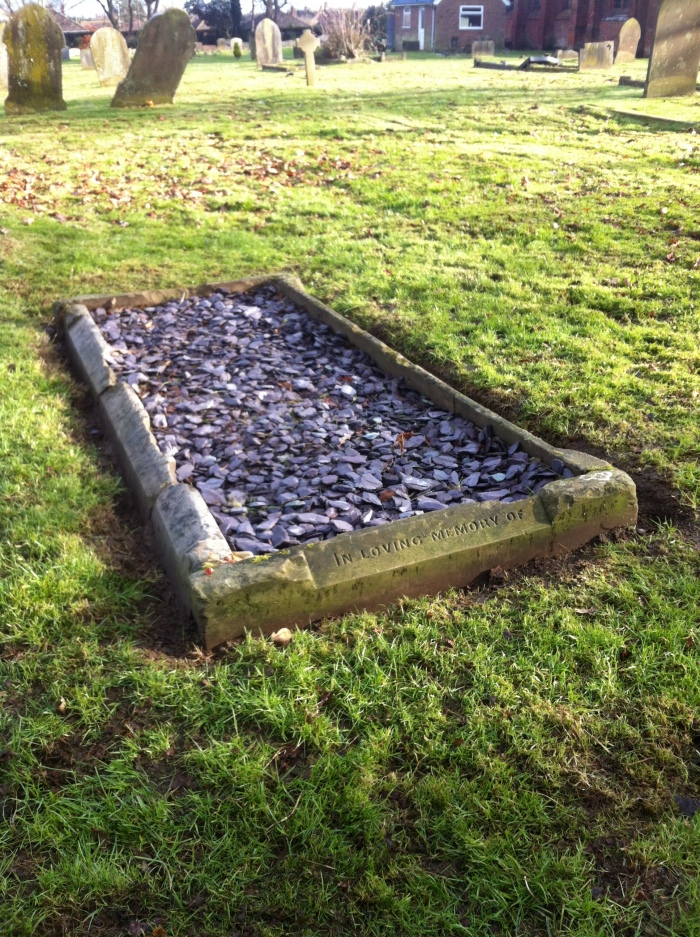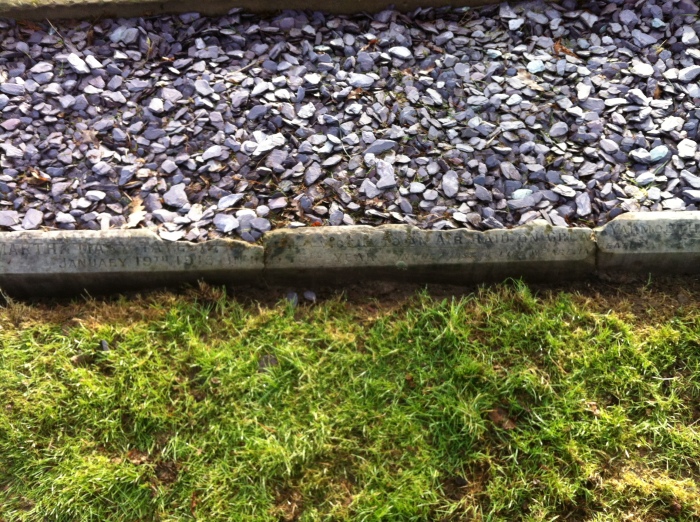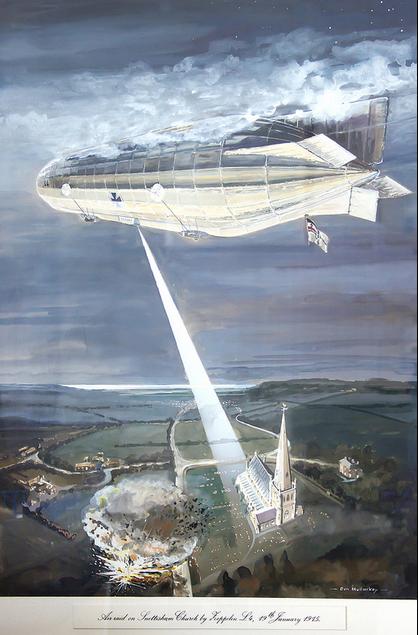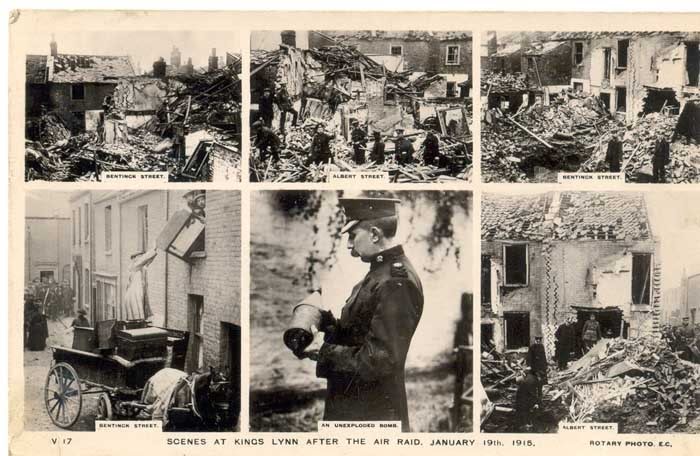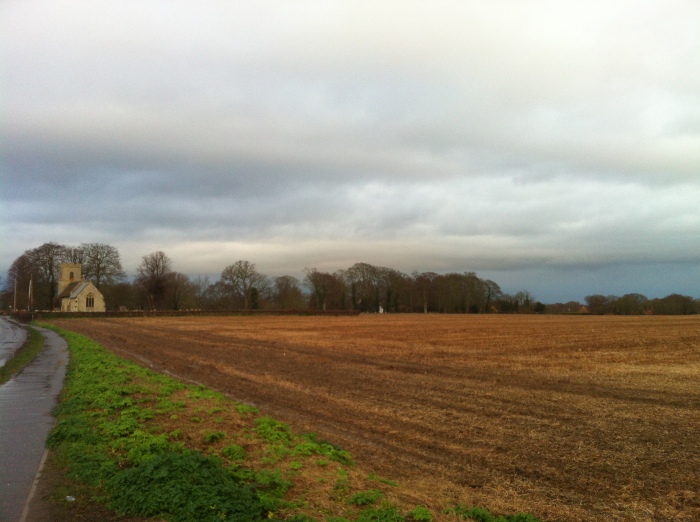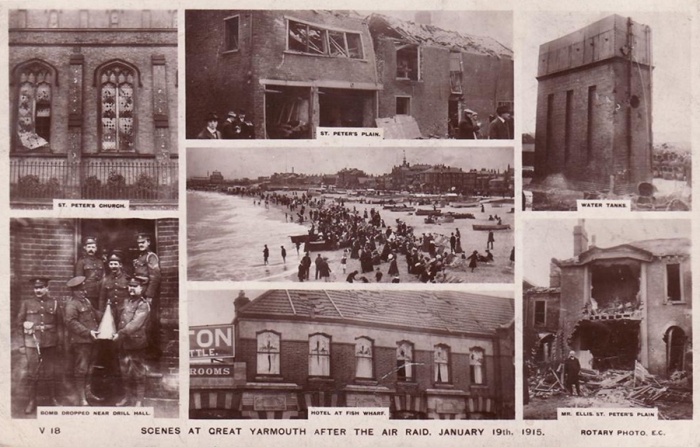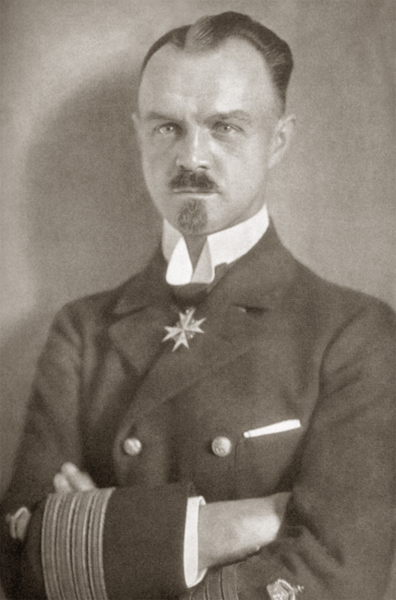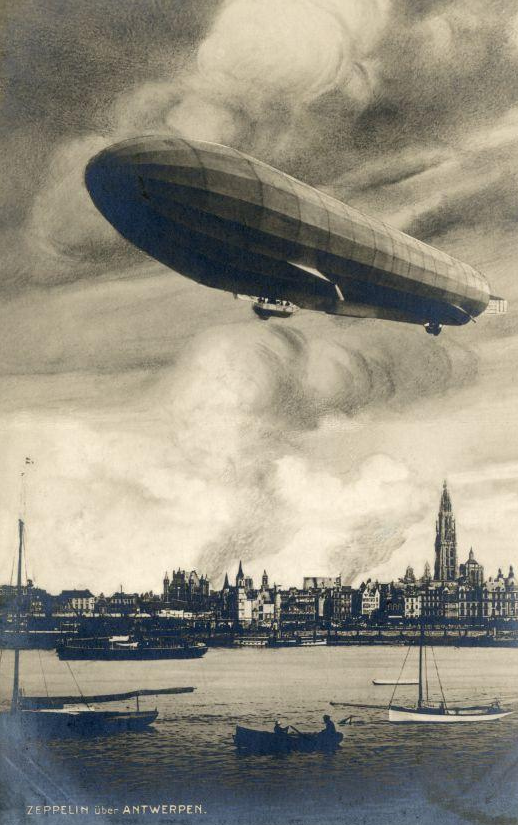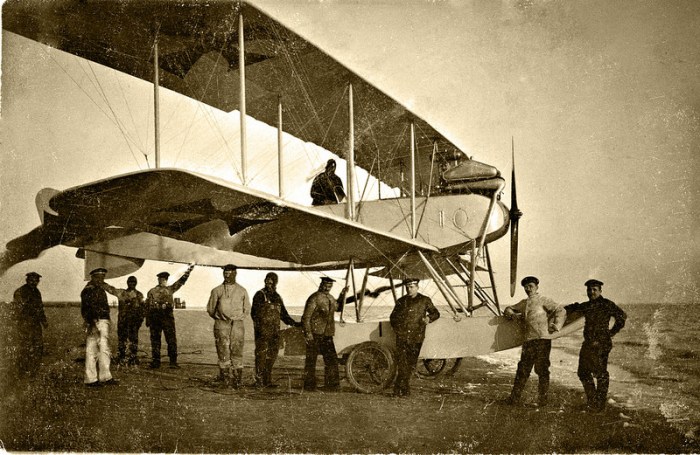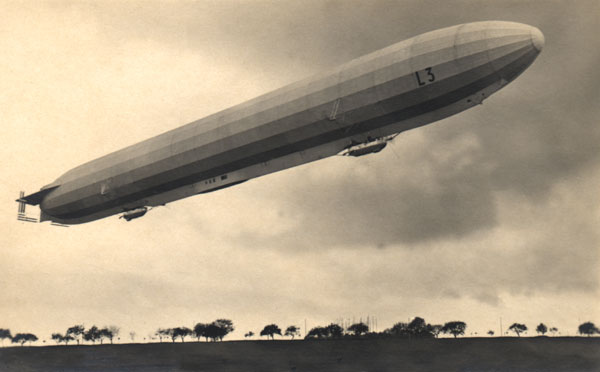Major Egbert Napier
Chief Constable Norfolk County Constabulary 1909-1915
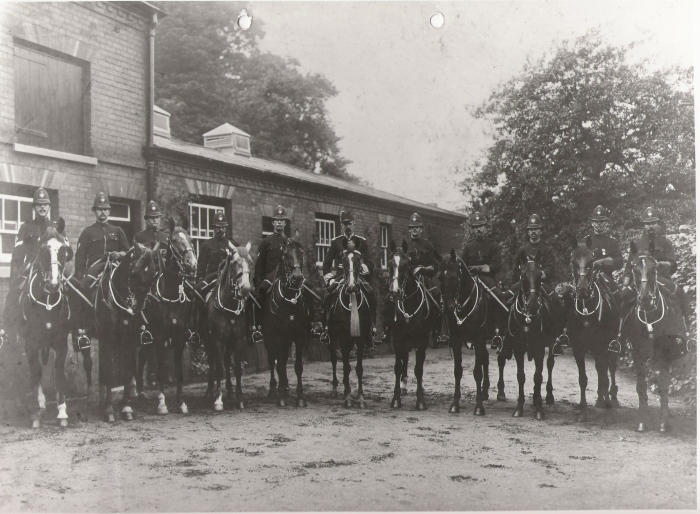
Major Egbert Napier seen centrally with a group of his mounted officers prior to WW1.
There were lots of accusations about spies guiding Zeppelin L4 towards King’s Lynn during the raid that was carried out on the night of 19/20 January 1915. And afterwards there were numerous investigations and enquiries into that. The findings tended to refute these claims.
But the rumours that spies were rife around the North Norfolk coast resulted in one man utilising his resources in hunting them down.
Egbert Napier was born on the 12th August 1867 in Mold Flintshire and was the son of Colonel Edward and Mrs Martha Louise Napier. He was educated at Wellington School and became a member of the civil staff of the Commissioner of the Metropolitan Police at the age of 21.
He joined the army in 1896, becoming an officer in the militia, before he received a commission in 1900, joining the 3rd Battalion Gordon Highlanders. With the rank of Captain he saw action in the Boer War. He then returned to the UK in 1901 and rejoined the Metropolitan Police Commissioner’s staff. However, in 1909 he became the Chief Constable for Norfolk where he implemented some ground breaking changes.
He standardised the registry of correspondence, implemented a weekly leave day for officers and brought in new equipment, including telephones. He also improved the terrible housing conditions that most of his officers resided in. In 1910 he submitted new force orders, modelling them on the Met, and allowed officers to retire after 29 years service, lowering this from 55! In short, the changes he made were unheard of in a county constabulary.
When war came in 1914, he waited to be recalled to the army, but this was not forthcoming. However, this did not stop him taking an active part in protecting the home front and he utilised all his resources in counter espionage. So much so that his efforts were praised in a book, printed in 1915 by William Le Queux, entitled GERMAN SPIES IN ENGLAND AN EXPOSURE, where he noted.
‘Outside London, the county constabulary are making praiseworthy efforts to find spies, but when men in uniform set out to make inquiries — as they unfortunately do in so many cases — then the system becomes hopeless.
The same thing happened in a small coast town in Norfolk where signalling at night had been noticed. Indeed, in two instances in the same town, and again in Dunbar, the appearance of the police inspector caused the flight of the spies — as undoubtedly they were.
As regards the county of Norfolk, it has long received the most careful attention of German secret agents. At the outbreak of war the Chief Constable, Major Egbert Napier, with commendable patriotism, devoted all his energies to the ferreting out of suspicious characters, spies who were no doubt settled near and on the coast in readiness to assist the enemy in case of an attempted landing. By Major Napier’s untiring efforts a very large area has been cleared, more especially from Cromer along by Sheringham, Weybourne — a particularly vulnerable point — and from Cley-next-the-Sea to Wells and King’s Lynn.
This was very much propaganda of its time with the allegation of a spy on every street corner! Other ‘Official’ evidence of this can be found in police officers’ pocket notebooks and also in the fact that a number of county constabulary officers were commended for their work, one example being Edward Woodson whose personal record notes that he was,
‘Specially commended by the War Office and Home Office for work in connection with the aliens and suspected persons in this County prior to and since the outbreak of war.’
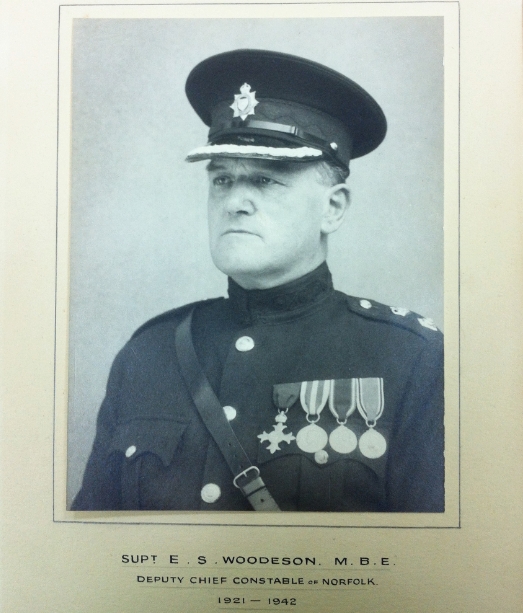
Superintendent Edward Woodson M.B.E who was specially commended in the search for spies in WW1.
William Le Queux gives us an excellent insight into what this entailed and was extremely praiseworthy of his quest to root out the German spy system in Norfolk.
‘Major Napier engaged, at my instigation, a well-known detective-officer who, for some years, had been engaged at the Criminal Investigation Department at New Scotland Yard, specially attached to deal with German criminals for extradition back to Germany. He was a Russian, naturalised English, and spoke German perfectly, being born in Riga — and an ideal officer to inquire into the whole German spy system in Norfolk.
Well, after Major Napier had asked him to go forth on his mission, I saw him and wished him all success. Within a fortnight this shrewd officer returned to me with a hopeless story. Wherever he went the Coastguard refused to tell him anything, or any of their suspicions, as they said they were sworn to secrecy, while the superintendents and inspectors of the Norfolk Constabulary — with few exceptions, even though he bore proper credentials signed by the Chief Constable himself, actually refused to give him any assistance or information whatsoever!
This keen and clever detective-officer returned to the Chief Constable of Norfolk and told him that he was certain spies still existed along the coast, but expressed regret at the hopeless state of affairs. If any Government authority would like to question the officer upon his experiences, I shall be pleased to furnish that department with his private address.’
Other records can be seen in my book where the report of spies came thick and fast, especially in the north of the county. But all of this can be written up as the genuine fear of its time and you can pretty much dispel all of the allegations as false alarms or fantasy which includes Le Queux’s reports.
But spy hunting was not enough for Major Napier and after not being called back to the colours, he felt that he had no option but to volunteer. He could have lived out the war in a secure post, but instead he chose to go and serve his King and Country. He therefore resigned from Norfolk County Constabulary on 7th May 1915 and received a commission in the Northumberland Fusiliers.
We will look at what happened to Egbert Napier after he re-joined the Army later on this year when a Centenary event occurs in November 2016.
